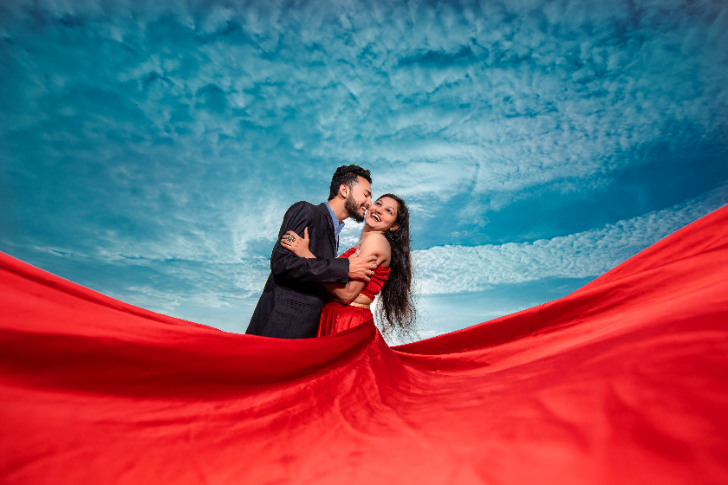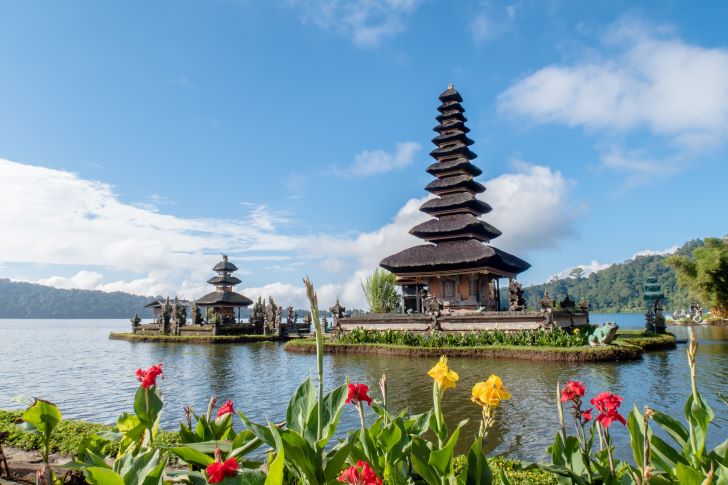Hey there!
Welcome to my beautiful home, the Maldives.
I’m Didi Nasheed ‘Your Local Island Guide’, and I’ve spent my whole life on these little coral islands. The world knows us as ‘the ultimate luxury escape’ or as ‘the most popular tourist destination’—the place with the dreamy overwater bungalows. And yes, that part is true! But what most guidebooks miss is that this paradise is now truly accessible, even if you’re planning a Maldives on a budget trip.
Whether you’re splurging on a honeymoon resort or you’re ready to try local island hopping to keep costs down, you need the inside scoop. I’ve put together my 12 absolutely essential tips, covering everything from transfers and sustainability to making sure you respect the local culture. Follow this guide, and you’ll have the smooth, hassle-free trip of a lifetime. Let’s dive in!
1. Local Island vs. Private Resort: The Crucial First Choice
This is the biggest decision and the one that defines your budget. Don’t believe the myth that the Maldives is only for millionaires!
- Luxury Resort (Private Island): You get exclusivity, all-inclusive options, private beaches, and freedom (alcohol is allowed, and a bikini is fine everywhere). The cost is high, but the convenience is unmatched. This is your classic honeymoon spot.
- Local Island: This is where we live! Islands like Maafushi, Thulusdhoo, and Dhigurah offer guesthouses and small hotels at surprisingly low prices (think $50–$100 per night). You get authentic food, community life, and incredible diving. Crucially, you must adhere to local customs here—no alcohol, and bikinis are restricted to designated “Bikini Beaches.”
- The Split Stay Strategy (Pro Tip👍): Can’t decide? Do both! Spend 2-3 nights at a high-end resort for the iconic overwater experience, and then spend the rest of your vacation exploring a local island. This is the best way to get a taste of both luxury and the real Local Island Maldives cost savings.
2. Timing is Everything: Navigating the Seasons
Everyone wants sunshine, but you need to know what you’re paying for.
- High Season (Dec–Apr): This is the best time to visit Maldives. Expect pristine sunshine, low humidity, and calm seas. It’s perfect, but prices for everything—flights, resorts, and guesthouses—are at their absolute highest, especially over Christmas and New Year‘s.
- Shoulder Season (May/Nov): My favorite time. You can find incredible deals (30-50% off high season rates) because there’s a higher chance of a quick, heavy rain shower. But the sun usually comes right back out! This is ideal for travelers looking for a balanced Maldives travel cost without sacrificing much sun.
- Low Season (Jun–Oct): This is when the Maldives monsoon season officially hits. It doesn’t mean it rains all day, every day, but you have the highest chance of multi-day storms. If you’re a surfer, this is when the biggest waves hit the atolls.
3. Demystifying Island Transfers: Seaplane vs. Speedboat
Your transfer is often as expensive as your flight, so plan this out early.
- Seaplane: This is the iconic, bucket-list experience. You get breathtaking views of the scattered islands. Resorts further from Male use these, and they cost a minimum of $400–$600 round trip per person. If you’re staying at a luxury resort, the view is worth the high Maldives seaplane cost.
- Domestic Flight + Speedboat: If your resort is very far, you might take a small domestic flight followed by a short speedboat ride.
- Public Ferry (Budget Savior): For local islands near Male (like Maafushi), the public ferry is reliable and incredibly cheap (usually $1.50–$5). However, they don’t run every day or late at night, and they never run on Friday (which is our weekend). If you’re a Maldives budget traveller, learning the Maldives public ferry schedule is essential.
4. Respecting the Local Culture and Dress Code
Remember, outside of the resorts, we are a 100% Muslim country. Respecting this is vital to enjoying your trip.
- Local Islands Dress Code: While wandering around local islands or visiting the capital, Male, both men and women should dress modestly. This means covering shoulders and knees. Light linens, maxi dresses, or sarongs are perfect.
- Bikini Beaches: Guesthouses on popular local islands have created designated ‘Bikini Beaches’ where tourists can swim and sunbathe in regular swimwear without causing offense. Do not wear swimwear outside of these designated zones.
- Public Displays of Affection: Keep ‘PDAs’ to a minimum, even holding hands might be frowned upon, especially in Male’ and on smaller local islands.
5. The Alcohol and Pork Rule
This is a non-negotiable legal and religious requirement.
- No Alcohol on Local Islands: It is illegal to sell or consume alcohol on any inhabited local island. Don’t even think about trying to bring alcohol to Maldives through customs; they will confiscate it.
- Resorts are Exempt: Private resorts operate under special licenses and can serve alcohol freely. This is a key differentiator between the resort experience and the local island experience.
- “Safari” Boats: Some local islands have a permanently moored safari boat just offshore, where they can legally serve alcohol to tourists staying on the local island. Look for this option if you want a beer while staying budget-side.
6. Embracing Sustainability: Protect Our Reefs
Our economy and our home depend entirely on the health of the coral reefs.
- Reef-Safe Sunscreen: This is a big one. Please, please, please use mineral-based, reef-safe sunscreen Maldives friendly products. Oxybenzone and octinoxate kill our coral. Many resorts and stores now sell the approved kind, but it’s best to bring your own.
- No Touching! Never touch, stand on, or kick the coral. That applies to all marine life, too! Even a gentle touch can damage the delicate polyps.
- Water Bottles: Don’t rely on single-use plastic. Ask your resort or guesthouse if they offer filtered water stations for refillable bottles (most conscious ones do!).
7. Connectivity & Currency: Staying Connected and Solvent
My advice on money and tech to avoid a headache when you land.
- Currency: The local currency is the Maldivian Rufiyaa (MVR), but almost everywhere accepts US Dollars (USD). Resorts and guesthouses prefer USD, and the prices are often quoted that way. You can pay taxi drivers and buy small items from local shops using MVR. The exchange rate is stable.
- ATMs: ATMs are sparse on local islands, though available at the airport and in Male. Don’t rely solely on card payments on smaller local islands; always carry small denominations of USD or MVR.
- SIM Card: Buy a local SIM card from Saily here or from Dhiraagu or Ooredoo at the airport right after arrival. They are inexpensive and offer excellent 4G/5G coverage, even out in the atolls. Don’t pay ridiculous roaming charges.
8. Essential Packing: Footwear and First Aid
Less is truly more when it comes to clothes, but a few items are critical.
- Footwear: Ditch the heels. You need flip-flops, sandals, or reef shoes. That’s it. For exploring Male, maybe a pair of nice flats or covered sandals. The most important item on your Maldives packing list is water shoes for walking into the ocean!
- Snorkeling Gear: If you plan on snorkeling a lot, bring your own mask and snorkel. Rentals are available, but having your own good-quality gear that fits perfectly will make the experience much better.
- Small First Aid Kit: Bring standard medications (painkillers, plasters, antiseptic, anti-nausea, anti-diarrhea) and definitely some anti-itch cream for the occasional sand fly bite, just in case!
9. Food, Glorious Food (and Hydration!)
Our cuisine is delicious, heavily influenced by our proximity to India and Sri Lanka.
- Must-Try Dishes: Don’t leave without trying Mas Huni (shredded smoked tuna with coconut, chili, and lime—perfect for breakfast) and Garudhiya (a clear fish broth). They are staples.
- Hydration: It is hot and humid year-round! Drink more water than you think you need. Do not drink the tap water unless you are absolutely sure it is purified or filtered (resorts often have advanced purification, but always ask). Stick to bottled or filtered water.
10. Booking Excursions and Diving Locally
Don’t book all your tours ahead of time with a third party.
- Resort vs. Local Island Pricing: The price difference for the exact same tour (e.g., manta ray viewing, whale shark snorkeling) between a luxury resort and a local guesthouse dive shop can be massive—sometimes 300% difference!
- Book Direct: On local islands, wait until you arrive and book through your guesthouse or a local tour operator. You’ll support the local economy and save a packet. This is the secret to a successful budget Maldives trip.
11. Choosing Your Atoll: North, South, or Central?
The Maldives is spread over 26 natural atolls. Which one should you choose?
- North Male Atoll: Closest to the airport. Easy, quick transfers (usually just a speedboat). Great for surfing (Thulusdhoo) and convenience.
- South Ari Atoll (Dhigurah, Dhangethi): If you are obsessed with marine life, this is the area for you. It’s famous as the area for year-round whale shark sightings. This is the best snorkeling Maldives spot.
- Addu Atoll: In the deep south, requiring a domestic flight. Great if you want a quieter, more historical experience, as this was once a British military base.
12. Friday is a Day of Rest (Always Check Ferry Schedules!)
Remember, Friday is our holy day. Things slow down considerably.
- No Public Ferries: This is the most crucial logistics tip: public ferries between Male and the local islands do not run on Fridays. Plan your airport transfers around this.
- Slower Pace: You’ll find that local shops and government offices are generally closed or operate on limited hours. Resorts operate normally, but on local islands, embrace the quiet, peaceful pace of the day.
My Final Takeaway
My beautiful Maldives isn’t just about infinity pools and champagne. It’s about the crystal-clear water, the kind people, and the slow, peaceful rhythm of island life.
I hope these twelve tips, straight from a local, help you plan an escape that is perfect for your budget—whether you’re flying in on a seaplane or hopping on the public ferry. We can’t wait to welcome you!
If you want me to dive deeper into how to get from Male to a local island ferry details, or if you’d like some personalized recommendations on which local island is best for your travel style, just ask! Happy to help!






